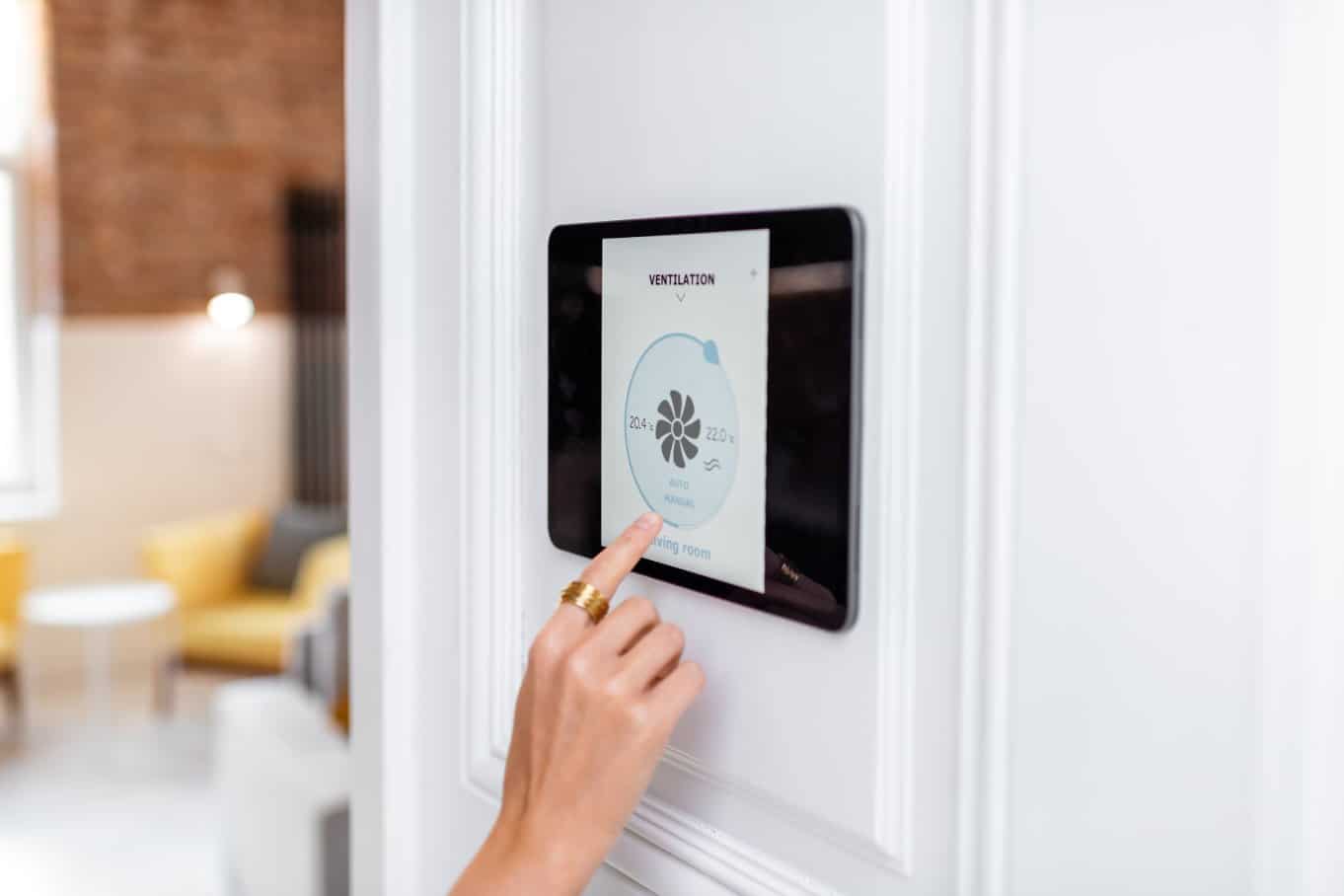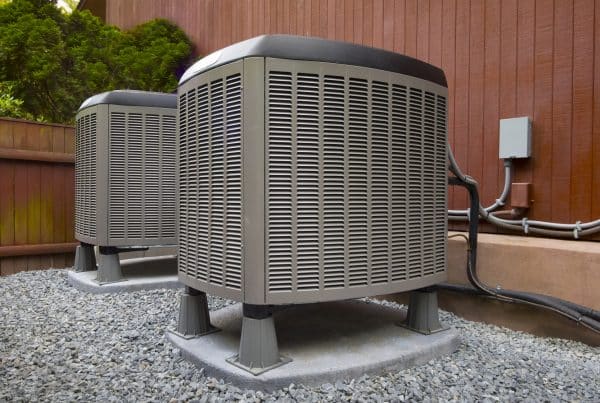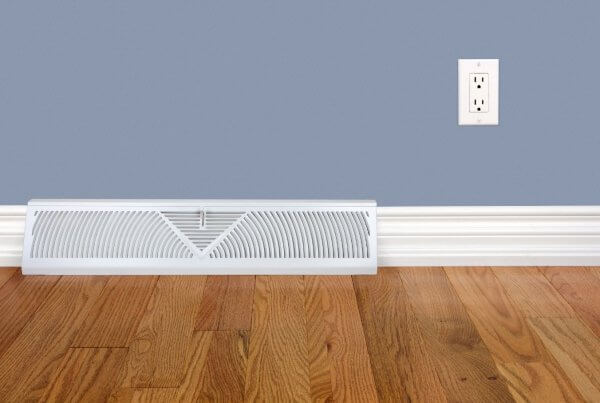Keeping your home in top shape goes beyond just a fresh coat of paint or updated decor. One often overlooked factor is appropriate ventilation. Ensuring your home is well-ventilated is crucial for maintaining a healthy living environment for you and your family. This article will walk you through why proper ventilation is key for your home’s health.
Signs of Poor Ventilation
If your home feels stuffy, smells damp, or you frequently see condensation on windows, these could be signs of poor ventilation. Other red flags include visible mold growth, lingering odors, or a consistent feeling of humidity. You’ll want to address these before they escalate into something more harmful for your health and property.
The Health Benefits
Proper ventilation does more than freshen up the air—it protects your health. Stale, poorly circulated air can exacerbate respiratory problems and trigger allergies. Mold thrives in areas with poor airflow, and exposure to mold spores can lead to serious health concerns, especially for people with compromised immune systems or asthma. A well-ventilated home reduces these risks, keeping everyone breathing easier and healthier.
How Ventilation Impacts Indoor Air Quality
Your home’s ventilation system plays a significant role in determining the air quality you breathe. Outdoor pollutants such as pollen or car exhaust can infiltrate your house, especially under poor airflow conditions. A good system helps filter these pollutants and disperses indoor irritants like cooking fumes and cleaning product residues. Pairing a good ventilation system with the correct home insulation types can create an even better barrier against these contaminants.
Types of Ventilation Systems
When it comes to ventilation, you have two main options—natural and mechanical. Natural ventilation relies on windows, vents, and passive airflow to circulate air. It’s cost-effective but less controllable. On the other hand, mechanical ventilation uses fans, ducts, and HVAC systems for better airflow regulation. Both systems have their own pros and cons, and choosing the right option may depend on ventilation facts to know when installing insulation, as these can impact airflow and efficiency.
Practical Tips for Better Ventilation
You don’t always have to invest in a full overhaul of your home’s ventilation system. Small changes can make a big difference. Open windows periodically to encourage natural airflow and use exhaust fans in bathrooms and kitchens. Regularly checking and cleaning vents and air filters can also improve efficiency. Another option is considering insulation types that complement better airflow, such as breathable insulation materials.
If you’re going to update your home’s insulation, make sure you update the ventilation as well. It’s one ventilation fact homeowners should know before installing insulation. Since these systems work hand-in-hand, they need to operate adequately.
Environmental and Energy Efficiency Benefits
Good ventilation isn’t just about health; it can also reduce your energy bills and benefit the environment. Ventilation systems that work harmoniously with your insulation can prevent overworking your heating and cooling systems. This harmony lowers energy consumption, making your home more eco-friendly and saving money.
Proper ventilation is essential for your home’s health. It protects your health, improves air quality, and makes your space more comfortable. Combine it with the right insulation setup for even more impactful results. Start taking your home’s ventilation seriously. Your lungs—and your wallet—will thank you.




